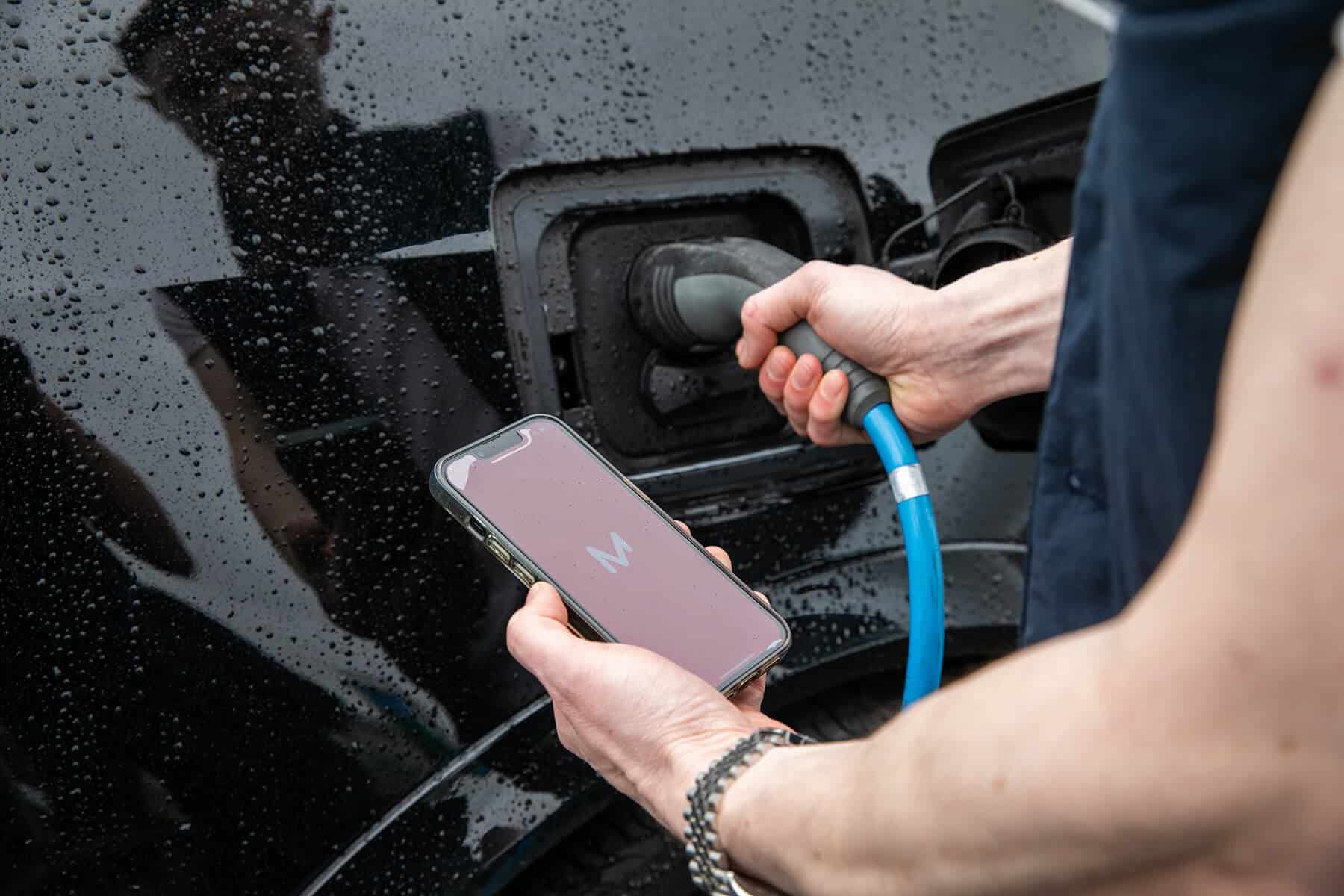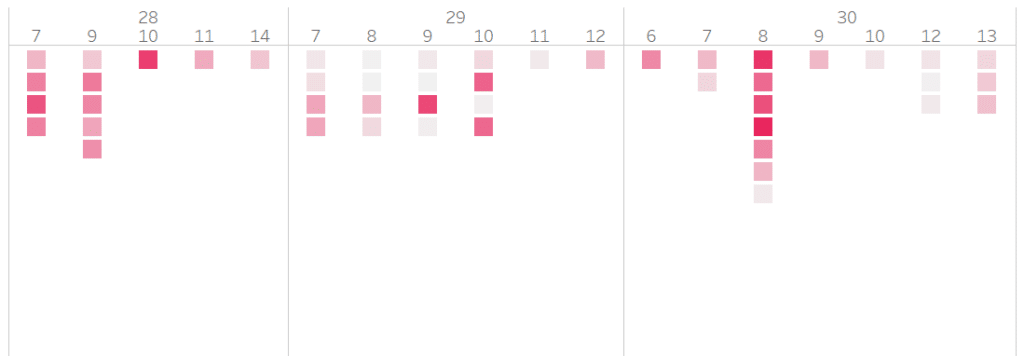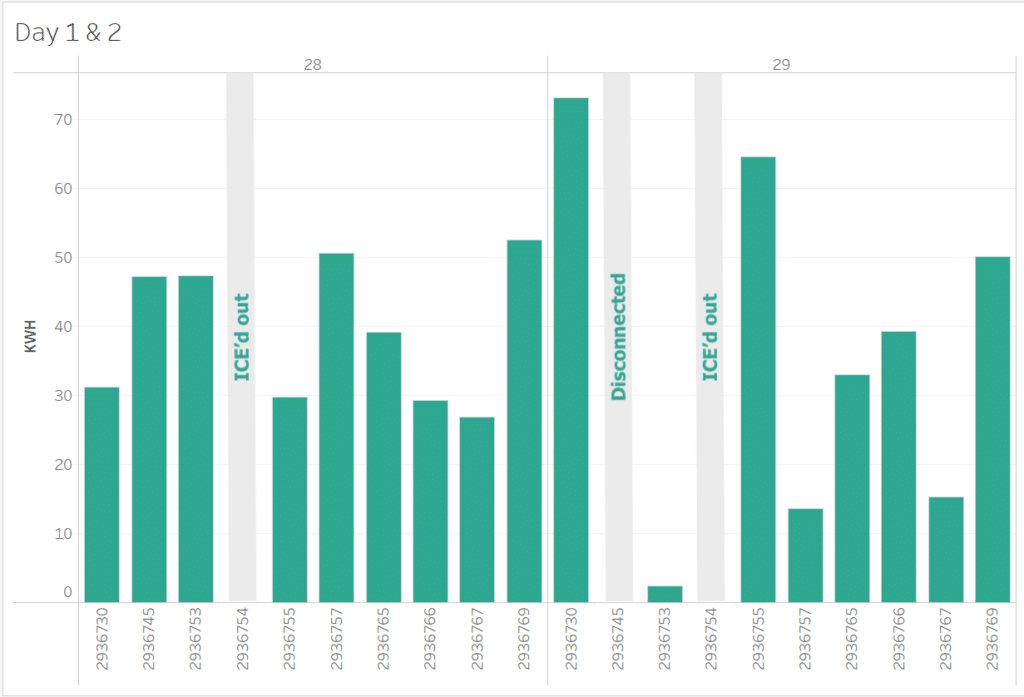
Finding an available charging station is a common challenge for EV drivers, leading to frustration and inconvenience at workplaces, residential areas, and events. At Monta, we have developed a game-changing solution: SmartQueue.
In this blog post, we explore how SmartQueue enhances the EV charging experience by eliminating on-site waiting and optimising infrastructure utilisation, and share insights from our successful trial at the Fully Charged Live event.
The challenge of finding available charging stations
Accessing charging stations can be challenging for EV drivers when having to wait for chargers to become available. This can feel like a waste of time even when you have access to a workplace or residential charger since the waiting period can disrupt daily routines and travel plans, causing inconvenience and delays.
Similarly, site owners, such as workplaces or housing associations, face similar challenges. Complaints about occupied chargers can result in administrative work and dissatisfied employees or residents. Cars blocking chargers after charging can also hinder the efficient utilisation of chargers, adding to the frustration for those trying to maximise their charging experience.
Streamlining access to charging stations with SmartQueue: Enhancing the EV charging experience
SmartQueue revolutionises the way EV drivers access charging stations, providing a seamless and efficient charging experience. By joining a virtual queue through the Monta app, drivers can secure their place in line for available charge points and receive notifications when chargers become available. This eliminates the frustration of searching for free chargers and the uncertainty of on-site waiting, saving time and enhancing convenience.
With SmartQueue, operators can ensure a smooth and organised charging process for all stakeholders. By efficiently managing the availability of charge points, operators can maximise the utilisation of their charging stations, making the most out of their infrastructure and improving the overall charging experience for EV drivers.
Successful testing at the Fully Charged live event
At Fully Charged Live in Farnborough this year, we unveiled and tested our newest SmartQueue feature with the help of EV experts, enthusiasts, and the general public. SmartQueue was enabled across ten Rolec 22KW charge points each with dual sockets and we monitored results across Friday, Saturday, and Sunday.
Over the weekend we saw a total of 54 charges performed using a total of 1,115 kWh of electricity. Drivers on average were charging for 2 hours 42 minutes and the longest virtual queue that formed throughout the weekend was 9 vehicles long. Clearly, the chargers were being used heavily throughout the weekend, but there are three key areas of interest that we can take learnings from.
Deepdive into queueing behaviours
On average queue joiners waited 11 minutes from joining the queue to beginning the charge with the longest wait time being 25 minutes. This means that drivers who were virtually queueing were able to enjoy these extra minutes in the show, instead of physically queueing in their vehicle.

Participants were given the option to skip their place in the queue if they were unable to plug in within the 15 minutes allocated. However 0 queuers elected to skip their turn. This implies that 15 minutes is an appropriate amount of time to move a vehicle and plug in to charge and that the notifications provided are clear and provide an accurate expectation for what will happen next.
SmartQueue as a feature was designed to create efficient charging behaviour. During the trial the average time between participants reaching the front of the queue and starting the charge was 6,5 minutes - this is a very short downtime between charges. In a workplace environment, this would mean that employees are only taking an average of 6,5 minutes out of their day to charge their vehicle.
What caused queuing?
The longest queue of 9 cars started on Sunday at noon. When we look at the charging data we can see that this was caused by 8 cars plugging in around 8am for long charges.

These cars were charging for an average of 4 hours and 21 minutes (almost double the average charge length) which led to all charging sockets being occupied at noon, and a long queue being formed. What we can learn from this is that in destination charging and workplace charging environments, efficient charging is achieved through shorter top-up charges. When vehicles are charging from 0-100% they impact the amount of charges that can be achieved.
Queuing can’t solve everything
While SmartQueue helped with efficient charging at the event, there are some situations where virtual queuing cannot help drivers. On Saturday one charge point was entirely blocked by an ICE vehicle - which meant that two sockets were unable to be used for EV charging.

As this charge point was ICE’d out, the sockets showed as available on the Monta platform which meant that SmartQueue could not be triggered. While this must have been annoying for EV drivers attempting to charge during this time, it was a huge learning for us at Monta. As we continue to iterate on and improve SmartQueue and continue to look at our data, we may look to include new features such as the ability for users to flag an ICE’d out charge point!
We hope this blog post has provided you with valuable information about SmartQueue. To understand the concept of SmartQueue and its functionalities, we invite you to read our guide where we delve into the details and provide a comprehensive explanation of SmartQueue.
